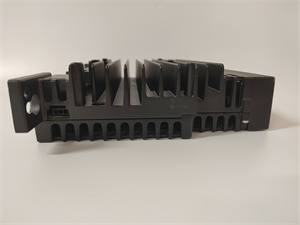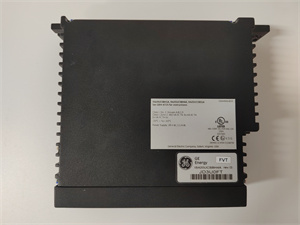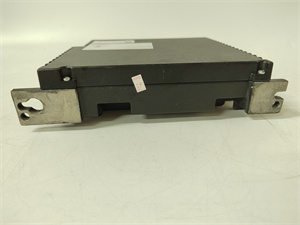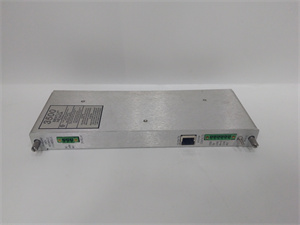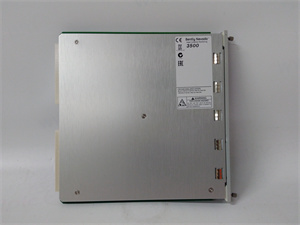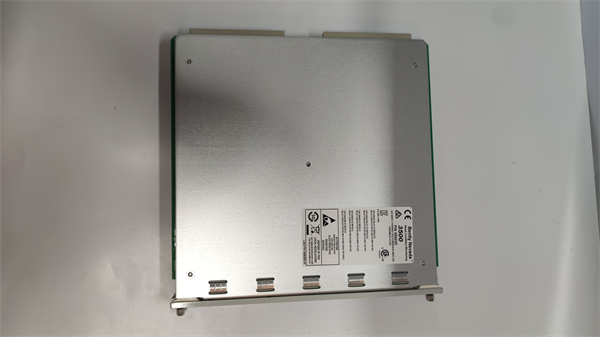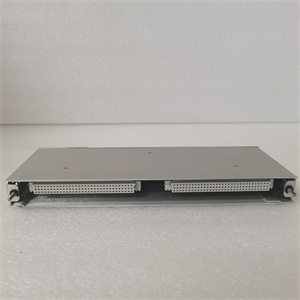Description
IS420UCSBH4A Product Specification
1. Product Overview
The IS420UCSBH4A is a high-reliability communication module designed by GE for its Mark VIe gas turbine control system. Part of GE’s industrial automation portfolio, this module serves as a critical interface for real-time data exchange between the turbine control system and external devices. The IS420UCSBH4A supports redundant communication networks, advanced diagnostics, and seamless integration with GE’s Mark VIe platform, ensuring stable operation in power generation, oil & gas, and industrial automation environments.
2. Technical Parameters
| Parameter | Specification |
|---|---|
| Brand | GE (General Electric) |
| Model | IS420UCSBH4A |
| System Compatibility | GE Mark VIe Gas Turbine Control System |
| Voltage | 24V DC (±10%) |
| Communication Protocols | Ethernet/IP, Profibus DP, RS-485 |
| Redundancy | Dual-channel (A/B) for fault tolerance |
| I/O Interfaces | 4x Ethernet ports, 2x Profibus ports |
| Temperature Range | -40°C to +70°C (industrial grade) |
| Dimensions | 178 mm × 127 mm (rack-mountable) |
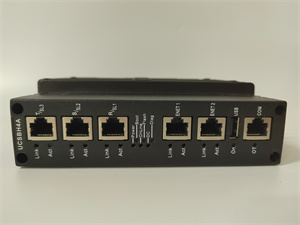
IS420UCSBH4A
3. Key Advantages & Features
- Redundant Architecture: Dual-channel communication ensures zero single-point failures, critical for uninterrupted power generation (e.g., 99.99% uptime in GE’s reference installations).
- Multi-Protocol Support: Integrates with diverse industrial networks (Ethernet/IP, Profibus) for seamless interoperability in complex systems.
- Real-Time Performance: Latency < 10 ms for control data transmission, enabling precise turbine speed and load regulation.
- Modular Design: Hot-swappable components reduce maintenance downtime (field replacement in < 30 minutes).
- Advanced Diagnostics: Built-in LED indicators and remote health monitoring via GE’s Proficy software.
4. Application Areas & Use Cases
Industries:
- Power Generation (gas turbines, combined cycles)
- Oil & Gas (pump stations, compressor control)
- Industrial Manufacturing (large machinery monitoring)
Case Study:
A 500 MW gas-fired power plant in the Middle East deployed the IS420UCSBH4A to manage turbine-grid synchronization. The module’s redundant communication and low latency minimized synchronization errors, improving grid stability and reducing annual maintenance costs by $150,000 compared to legacy single-channel systems.
A 500 MW gas-fired power plant in the Middle East deployed the IS420UCSBH4A to manage turbine-grid synchronization. The module’s redundant communication and low latency minimized synchronization errors, improving grid stability and reducing annual maintenance costs by $150,000 compared to legacy single-channel systems.
5. Competitor Comparison
Compared to similar control system modules:
- Superior Redundancy: Native dual-channel support vs. add-on redundancy kits in 竞品.
- Protocol Flexibility: Pre-integrated Ethernet/IP and Profibus vs. limited protocol options in comparable models.
- OEM Integration: Optimized for GE Mark VIe systems, ensuring plug-and-play compatibility (vs. generic modules requiring custom programming).
IS420UCSBH4A
6. Selection Guidelines
- System Compatibility: Only compatible with GE Mark VIe platforms—verify existing control system version (Mark VIe 7.x or higher).
- Environment: Choose standard (-20°C to +50°C) or extended (-40°C to +70°C) temperature models based on installation location (e.g., outdoor vs. indoor).
- Network Requirements: Match protocol needs (e.g., Ethernet for high-speed data, Profibus for legacy devices).
- Budget: Module cost ($8,000–$12,000 USD) includes GE’s 3-year warranty—invest in redundancy for critical assets.
7. Installation & Maintenance Notes
-
Safety: Disconnect power before installation; follow GE’s ESD protection guidelines (ESD-sensitive components).
-
Cooling: Ensure airflow < 5 m/s in cabinet; avoid condensation in high-humidity environments.
-
Firmware: Update via GE’s Mark VIe Configuration Tool (latest version 7.3.2 required for full compatibility).
-
Testing: Perform loopback tests post-installation using GE’s Proficy Machine Edition software.


